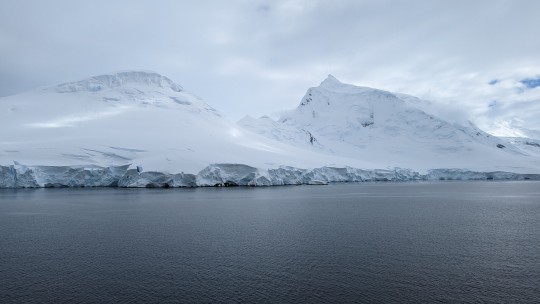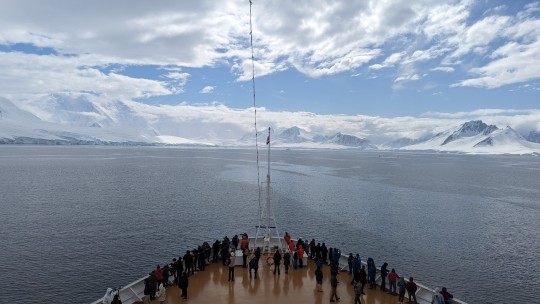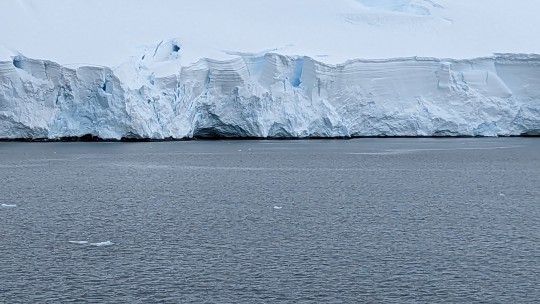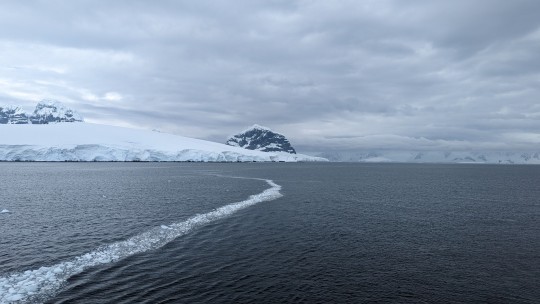#antarctic landscape
Text
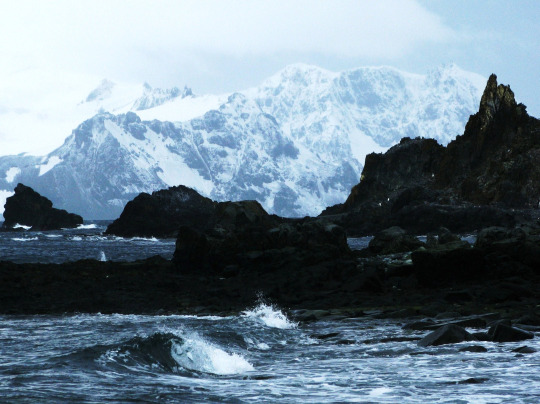
Bransfield Strait
Elliot Rebellious — 2009
#Antarctica#Bransfield Strait#Antarctic Sound#Iceburg Alley#iceburg#bergy bit#white caps#seascape#antarctic landscape#snow#sea#ice#rocks#cold#photography#landscape#nature#art#aesthetic
232 notes
·
View notes
Text
New Hidden Antarctic Landscape of Ancient Rivers Discovered
Scientists have unveiled a massive hidden landscape beneath the Antarctic ice, carved by ancient rivers and frozen in time for potentially over 34 million years. This untouched region, larger than Belgium, has been revealed through a combination of existing satellite imagery and radio-echo-sounding data.
Social Media Links
Follow us…

View On WordPress
0 notes
Text

Shrouded in Mist, Spectral Icebergs Float Around the Antarctic Peninsula in Photos by Jan Erik Waider
In late 2019, Jan Erik Waider boarded the Bark Europa, a 56-meter-long wooden sailing ship constructed in 1911, bound for the Antarctic Peninsula. The Hamburg-based photographer, whose work centers on polar landscapes (previously), captured the multifaceted forms of glaciers and icebergs, steely grays of storms, and shrouds of mist during the 24-day voyage. Waider is known for his documentation of dramatic northern destinations like Iceland, Norway, and Greenland, and a trip to the southern extreme proffered an opportunity to expand on his series of atmospheric vistas with the project A Faint Resemblance.
All images © Jan Erik Waider
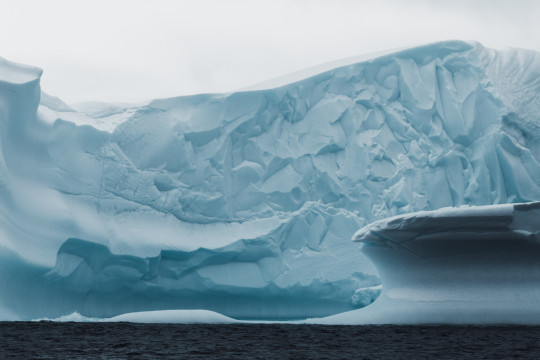


#jan erik waider#photographer#icebergs#mist#antarctic peninsula#bark europa#a faint resemblance#landscape#nature
60 notes
·
View notes
Text

Antarctic pyramids. made in blender
#3d art#blender3d#antartica#Antarctic pyramid#at the mountains of madness#fantasy landscape#scifi landscape
4 notes
·
View notes
Text

#architecture#design#art#city#fictional city#fantasy#sci fi#antarctica#antarctic#immersive#landscape#snow#digital art#ai art#roleplay#rp role play#AIart#aiartwork#digitalart#AI#artist#artwork#fantasyart#portrait#watercolor#oilpaint#collage#Darkfantasy#fgc#tron
2 notes
·
View notes
Text
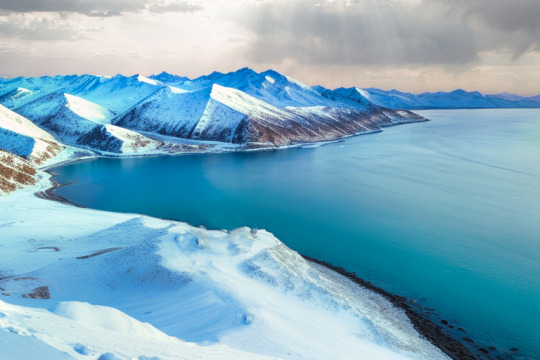
icy cove
#landscape#outdoors#photography#peaceful#serene#nature#beauty#fantasy#ocean#waves#snow#snowy#ice#winter#cold#antarctica#antarctic sea ice#antarctic empire#antarctic exploration
4 notes
·
View notes
Text
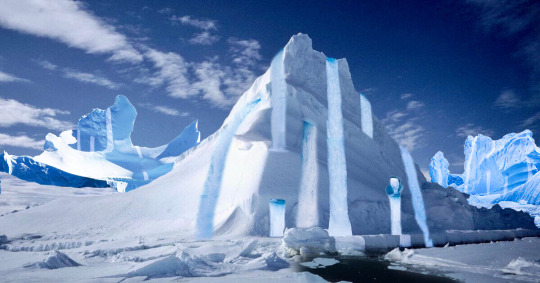

Ice Mountains with Waterfalls, Antarctic.
0 notes
Text
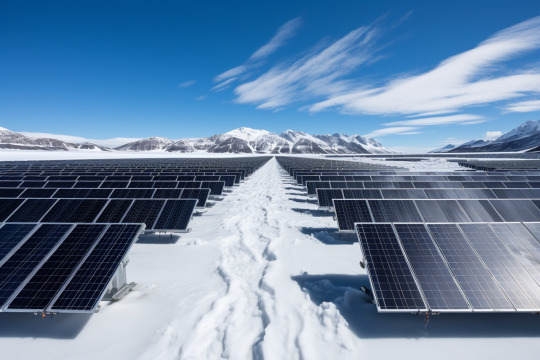
("Solar Farm" photo from the Wall Street Journal, Antarctica, 1998)
In 1950, the first solar farm was built in Antarctica. Pairing it with the immense amount of wind energy the country harvests, this led to the construction of new communities and cities, mostly in the "Four Points" county of the country.
#design#AIart#art#aiartwork#digitalart#AI#artist#artwork#fantasyart#portrait#landscape#watercolor#oilpaint#collage#city#fictional city#fantasy#sci fi#antarctica#antarctic#immersive#snow#digital art#ai art#roleplay#rp role play
0 notes
Text
Ice in Neko Harbor, Antarctica
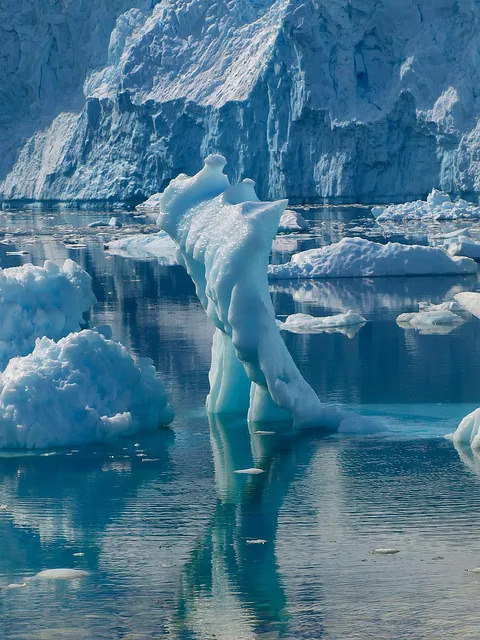
1 note
·
View note
Text
Ice in Neko Harbor, Antarctica

0 notes
Text
Ice in Neko Harbor, Antarctica

0 notes
Text

Magnificent iceberg
Antarctic Penninsula
By Lydia Cassatt
32 notes
·
View notes
Text
Ice in Neko Harbor, Antarctica
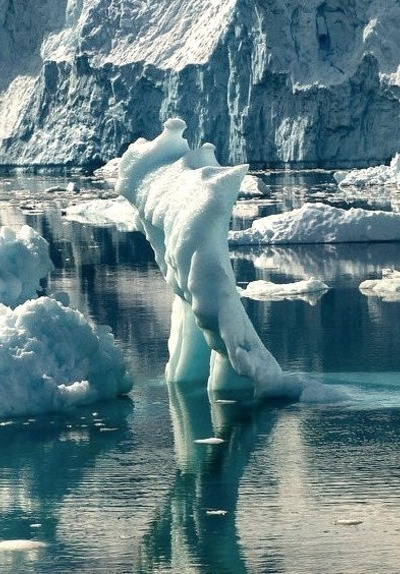
0 notes
Text
Ice in Neko Harbor, Antarctica
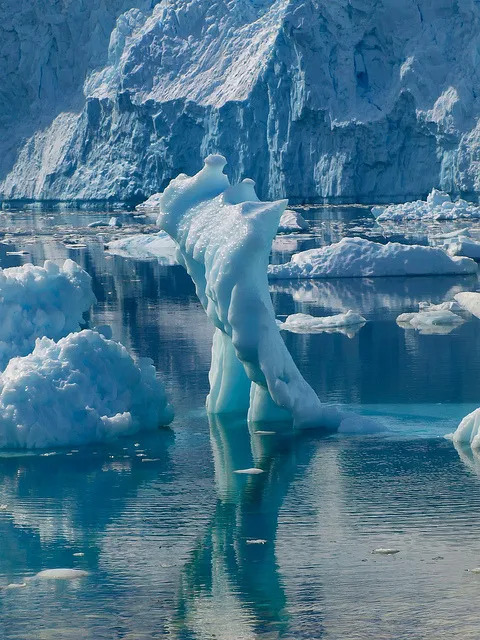
0 notes
Text

In 1946, Argentina introduced twenty beavers (Castor canadensis) to Tierra del Fuego (TdF) to promote the fur industry in a land deemed empty and sterile.
Beavers were brought from Canada by Tom Lamb, [...] known as Mr. North for having expanded the national frontier [...]. In the 1980s, local scientists [...] found that beavers were the main disturbers of sub-Antarctic forests. The fur industry had never been implemented in TdF and [...] beavers had expanded, crossed to Chile, and occupied most of the river streams. The Beavercene resulted in apocalyptic landscapes [...]: modified rivers, flooded lands, and dead native trees that, unlike the Canadian ones, are not resilient to flooding. [...]
At the end of the nineteenth century the state donated lands to Europeans who, in building their farms, also displaced and assassinated the indigenous inhabitants of TdF. With the settlers, livestock and plants also invaded the region, an “ecological imperialism” that displaced native populations. In doing this, eugenic and racializing knowledges mediated the human and nonhuman population politics of TdF.
---
In the 1940s, the Argentinian State nationalized these settlers’ capitals by redistributing their lands. [...] In 1946, the president of the rural association in TdF opened the yearly livestock [conference]: We, settlers and farmers of TdF have lived the evolution of this territory from the times of an absent State. [...] [T]hey allied with their introduced animals, like the Patagonian sheep or the Fuegian beaver. At a time when, after the two world wars, the category of race had become [somewhat] scientifically delegitimized, the enhancement and industrialization of animals enabled the continuation of racializing politics.
In 1946, during the same livestock ceremony in TdF, the military government claimed:
This ceremony represents the patria; it spreads the purification of our races … It is our desire to produce an even more purified and refined race to, directly, achieve the aggrandizement of Argentina.
---
The increasing entanglement between animal breeding and the nation helped to continue the underlying Darwinist logic embedded in population politics. Previous explicit desires to whiten the Argentinian race started to be actualized in other terms. [...]
Settlers had not only legitimated their belonging to TdF by othering the indigenous [people], [...] but also through the idea that indigenous communities had gone extinct after genocide and disease. At that time, the “myth of extinction” helped in the construction of a uniform nation based on erasing difference, as a geography textbook for school students, Historia y Geografía Argentinas, explained in 1952: If in 1852 there were 900,000 inhabitants divided in 90,000 whites, 585,000 mestizos, 90,000 [Indigenous people] and 135,000 [...] Black, a century later there was a 90% of white population out of 18,000,000 inhabitants. (357) [...] [S]tate statistics contributed to the erasure of non-white peoples through the magic of numbers: it is not that they had disappeared, but that they had been statistically exceeded [...]. However, repressed communities never fully disappear.
---
Text by: Mara Dicenta. "The Beavercene: Eradication and Settler-Colonialism in Tierra del Fuego". Environment & Society Portal, Arcadia (Spring 2020), no. 1. Rachel Carson Center for Environment and Society. [Image by Mara Dicenta, included in original article. Bold emphasis and some paragraph breaks/contractions added by me.]
#ecology#imperial#colonial#abolition#landscape#caribbean#indigenous#multispecies#temporality#haunted
293 notes
·
View notes

